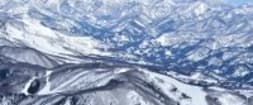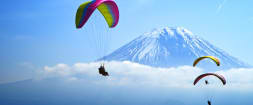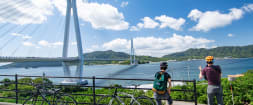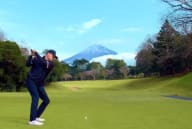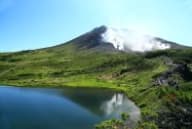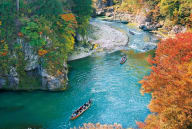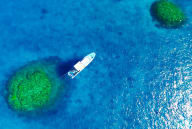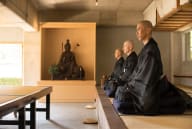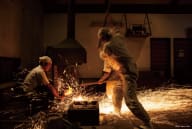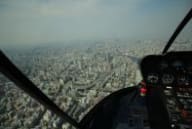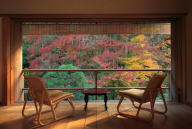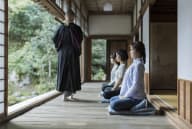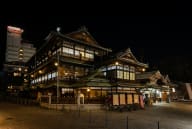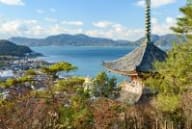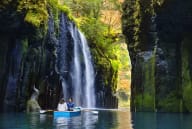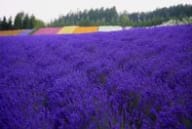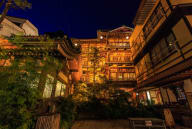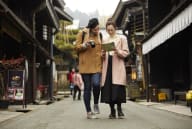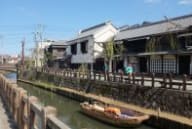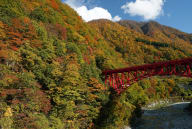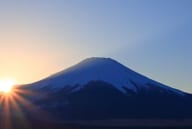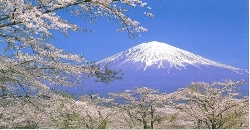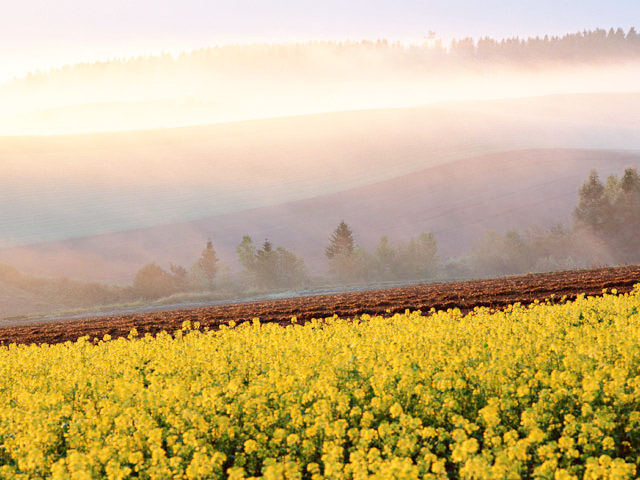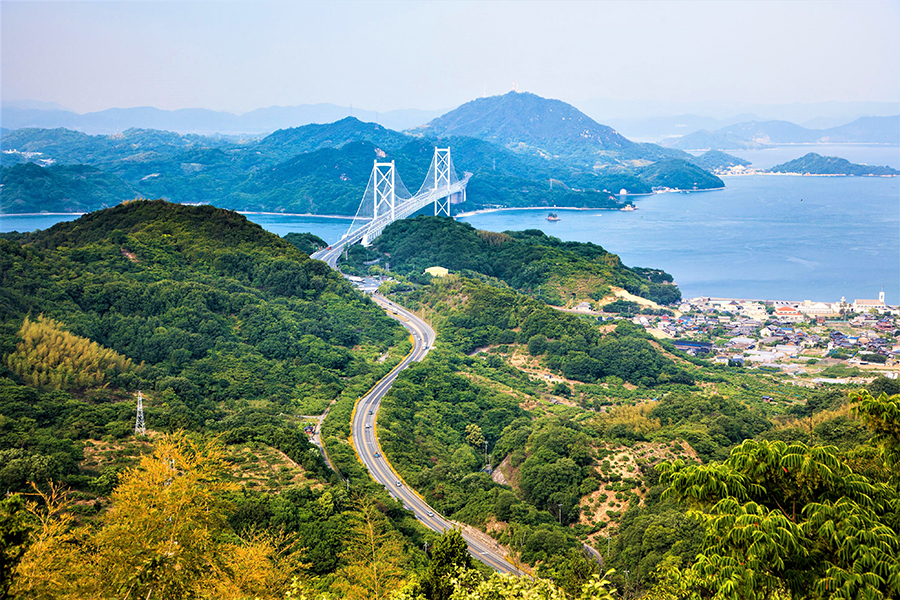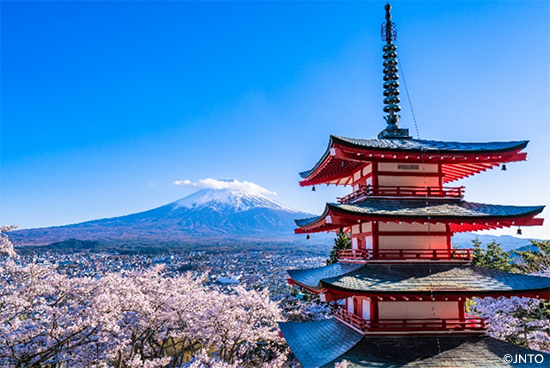Toyako, in Hokkaido, may not be on the international tourism radar, but that's about to change when it hosts the G8 Summit on climate change in July. The reason Toyako (Lake Toya) was selected by the Japanese government is as clear as the lake itself. With its magnificent, unspoiled natural beauty, Toyako serves as a messenger from Mother Earth, a visual reminder of what's to be lost if mankind does not mend its ways.
The shining jewel of Shikotsu-Toya National Park, Toyako, surrounded by hills and volcanoes, is a typical caldera lake - that is, a lake formed within the collapsed crater of an extinct volcano. Toyako stands out for its depth - an astonishing 590 feet - so deep that it never freezes over, not even in the dead of winter. In its center are four thickly wooded islets, casting mirror images of themselves in the water below.
Lake Toya's waters are so invitingly clear, it's tempting to just jump right in. After biking about 20 minutes from Toyako Spa to a place called Taki-no-ue Camp where there's a sandy beach, I learned firsthand why people don't swim in Hokkaido's lakes, even in summer: the water is freezing! Instead, visitors enjoy the scenery by taking boat cruises, stopping off at Nakajima Island in the middle of the lake to visit a natural history museum about the area's wildlife. I also love the spectacular fireworks display Toyako Spa has been putting on every night for more than 25 years, from the end of April through October, launched from boats in the lake. Other area activities include horseback riding, canoeing, and perusing the fresh produce at Toyako's early-morning farmer's market.
Otherwise, Toyako's biggest biggest attractions, quite literally, are its two active volcanoes, Mt. Usu and Showa-Shinzan. Mt. Usu has erupted four times in the past century, in 1910, 1944-45, 1977, and 2000. Showa-Shinzan, on the other hand, is a newcomer. It was nothing but a flat farm field until Mt. Usu suffered volcanic convulsions in 1944. Then, over two years, the ground began to rise, volcanic eruptions shook the area, and lava rose, resulting in the fledgling volcano now more than 1,346 feet high.
The Usuzan ropeway takes visitors to an observation platform near the top, with sweeping panoramic views of Lake Toya and Showa-Shinzan. Another seven-minute walk brings visitors to another observation deck, with views of a gaping crater formed by Mt. Usu's 1977 eruption, still smoldering to this day. You can learn more about Mt. Usu at the Volcano Science Museum at the Toyako Visitor Center, which chronicles Mt. Usu's eruptions with displays and presents a dynamic film that vividly demonstrates the power of volcanic eruptions. Visitors can see that power themselves by hiking the Nishiyama Crater Promenade, a one-hour walking trail that takes visitors over ground forced up by Mt. Usu's 2000 eruption and close to billowing craters and geothermal spots. The good news about all this volcanic activity? Hot springs! Toyako Spa abounds in hot-spring hotels with indoor and outdoor baths, yet the town is so small you can easily navigate it by foot. I don't know whether the dignitaries attending the G8 Summit will take advantage of the baths (I hope they do!), but I do know this: unless we preserve our planet, we'll all end up in hot water just the same.












